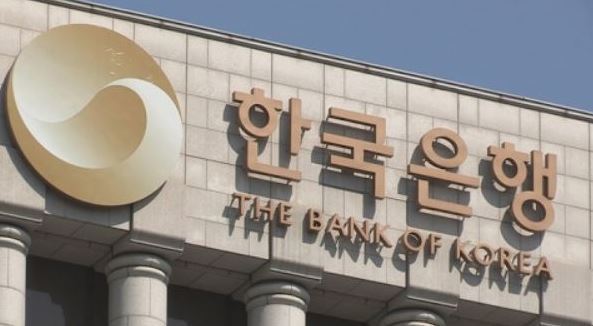S. Korea’s current account surplus hits 12-month high in Oct.
By Bae HyunjungPublished : Dec. 5, 2019 - 16:30
South Korea’s current account surplus continued to grow in October from the previous month to reach a 12-month high as the service account deficit narrowed and primary income account surplus expanded, data showed Thursday.
The surplus, however, was mostly attributed to the decline in raw material imports which reflected dampened domestic demand, while the actual growth pace of the economy remained sluggish.
The surplus, however, was mostly attributed to the decline in raw material imports which reflected dampened domestic demand, while the actual growth pace of the economy remained sluggish.

At $7.83 billion, the current account surplus was up slightly from $7.76 billion in the previous month, according to preliminary data from the Bank of Korea.
The figure is the highest since October 2018 when the current account surplus came to $9.47 billion.
The goods account surplus fell to $8.03 billion from $8.7 billion during the same period. The service account deficit declined to $1.72 billion from $2.26 billion and the primary income account surplus climbed to $1.83 billion from $1.54 billion.
The key variable in the service account was the travel account, which saw its deficit shrink to $820 million, down $40 million from a year earlier. The improvement was due to the 8.4 percent increase in the number of inbound visitors from China and Southeast Asian countries, while that of outbound travelers to Japan dipped 8.3 percent amid the Seoul-Tokyo economic tension.
Another factor was the drop in the intellectual property account deficit, which narrowed to $140 million in October from $660 million in September.
The long-standing hurdle for Asia’s fourth-largest economy was the slower-than-expected recovery pace of its exports.
Korea saw its exports drop 14.5 percent on-year to $49.12 billion in October, extending the downturn for 11 consecutive months. The sluggish trade was attributed to the weak semiconductor market and the ongoing China-US trade spat. Imports also fell 12.5 percent to $41.09 billion.
The accumulated export volume as of end-November is estimated at $496.7 billion, down $60 billion from the same period last year. The decline in chip exports accounted for more than half of the total drop at $31.3 billion.
“Semiconductors accounted for more than half of the drop in exports as memory chip prices fell drastically although the supply quantity remained at a high level,” said Moon So-sang, head of the BOK’s financial statistics division.
By Bae Hyun-jung (tellme@heraldcorp.com)








![[Kim Seong-kon] Democracy and the future of South Korea](http://res.heraldm.com/phpwas/restmb_idxmake.php?idx=644&simg=/content/image/2024/04/16/20240416050802_0.jpg&u=)







![[KH Explains] Hyundai's full hybrid edge to pay off amid slow transition to pure EVs](http://res.heraldm.com/phpwas/restmb_idxmake.php?idx=652&simg=/content/image/2024/04/18/20240418050645_0.jpg&u=20240418181020)

![[Today’s K-pop] Zico drops snippet of collaboration with Jennie](http://res.heraldm.com/phpwas/restmb_idxmake.php?idx=642&simg=/content/image/2024/04/18/20240418050702_0.jpg&u=)